Asus ZenFone 10 review: Small screen big power
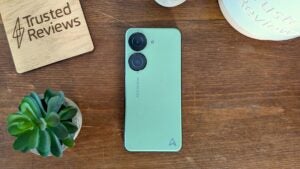

Marmite-like design aside, the Asus ZenFone 10 is a solid compact smartphone with flagship processing power, all-day battery life and a hugely customisable approach to Android 13 – though it is very similar to its predecessor, and costs more money in 2023.
Pros
- Top-end performance
- All-day battery life
- Six-axis gimbal stabilisation steadies photo and video capture
- Pocketable design
Cons
- Bio-plastic rear feels a little cheap
- Same main camera sensor as ZenFone 9
- Relatively slow 30W charging
Key Features
- Six-axis gimbal stabilisationThe 50MP rear camera is stabilised by Asus’ own six-axis gimbal stabilisation system that, instead of moving the sensor like traditional OIS, moves the entire camera package to provide 3x more movement stabilisation.
- All-day battery lifeThough the 4300mAh cell might not be as large as some flagships, the small display and power-efficient chipset means the ZenFone 10 has no trouble lasting all day and well into a second with light to moderate use.
- Snapdragon 8 Gen 2 powerThe Snapdragon 8 Gen 2 chipset found within the ZenFone 10 delivers top-tier performance, matching benchmarks of flagship phones that cost hundreds more.
Introduction
Asus seems to have carved out a niche with its ZenFone range, catering to those that want a smaller screen than the 6.5- to 5.8-inch panels used in most flagships. The Asus ZenFone 10 continues this trend, but is it really as compact as Asus would have you believe? I’m not so sure.
Size aside, the ZenFone 10 is a plucky flagship with all the bells and whistles you’d expect, from flagship Snapdragon 8 Gen 2 power to a 144Hz AMOLED display and all-day battery life – but it’s also quite similar to its predecessor, the ZenFone 9, and it costs a little more too.
The question is, then, has Asus done enough with the ZenFone 10 to maintain its pocket-friendly proposition in 2023? Well…
Design and screen
- ‘Compact’ design isn’t much smaller than an iPhone 14 Pro
- New eco-friendly bio-composite rear
- 5.9-inch 144Hz AMOLED display
The Asus ZenFone 10 takes a lot of visual cues from its predecessor, the ZenFone 9, sporting the same dual-material design and general compact dimensions. That’s great if you were a fan of the ZenFone 9, but if you’re a bit like me and you’re not into the general look, it’s a tad disappointing.
The design baffles me a little; it looks like an iPhone 14, complete with the same angular edges and rounded corners, with what looks like a cheap case permanently stuck on the rear. The rear casing doesn’t completely reach the edges of the bezel either, further adding to the odd look.
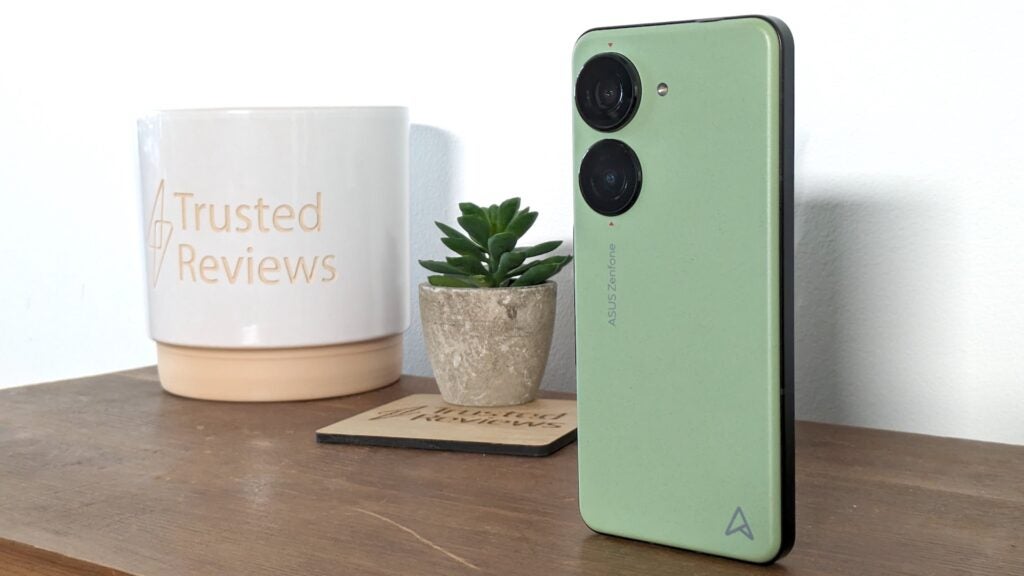
There is a change in material compared to the ZenFone 9, though it has split opinion at Trusted Reviews over the past couple of weeks. Some have loved the bio-based polycarbonate paper-esque finish of the phone while others have thought that it made the phone feel a lot cheaper than its £749/$699 price tag. There is a transparent case in the box for those that really dislike it, I suppose.
At least it’s available in some rather colourful finishes including Midnight Black, Starry Blue, Aurora Green, Comet White and Eclipse Red. I am a big fan of the Aurora Green finish sent for review, though the Eclipse Red does also look nice.
I think my main issue stems from the ‘compact’ marketing of the ZenFone 10. Asus claims that the ideal dimensions for a compact smartphone are below 70mm in width and 150mm in height, but really and truly, these measurements are rather fatuous.
You see, while the ZenFone 10 indeed comes within these boundaries at 68.1 x 146.5 x 9.4mm, in reality, it’s barely any smaller than the 6.1-inch iPhone 14 Pro. Take a look at the two side-by-side right here:
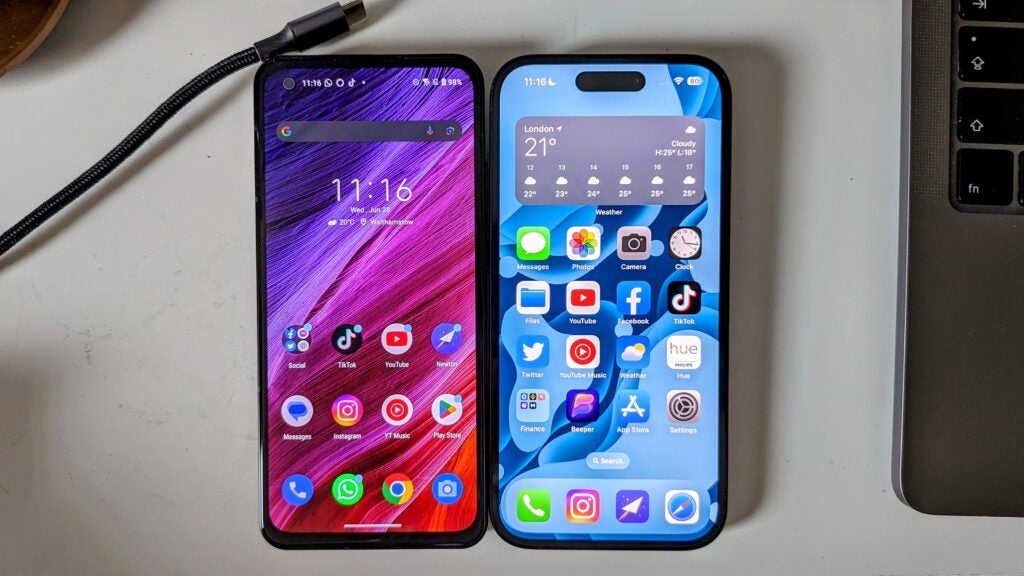
Sure, the ZenFone is still ever so slightly narrower than the 6.1-inch iPhone 14 Pro, but there isn’t as much in it as Asus might have you believe. That’s more frustrating when you realise that the small trade-off in dimensions means a reduction in screen size at 5.9 inches.
It’s not all just marketing guff though; like most small-screen Android smartphones, the ZenFone 10 is really easy to use one-handed – I was even able to reach the top of the screen to swipe down and access the notification shade, and there aren’t many 2023 flagships I can say that about.
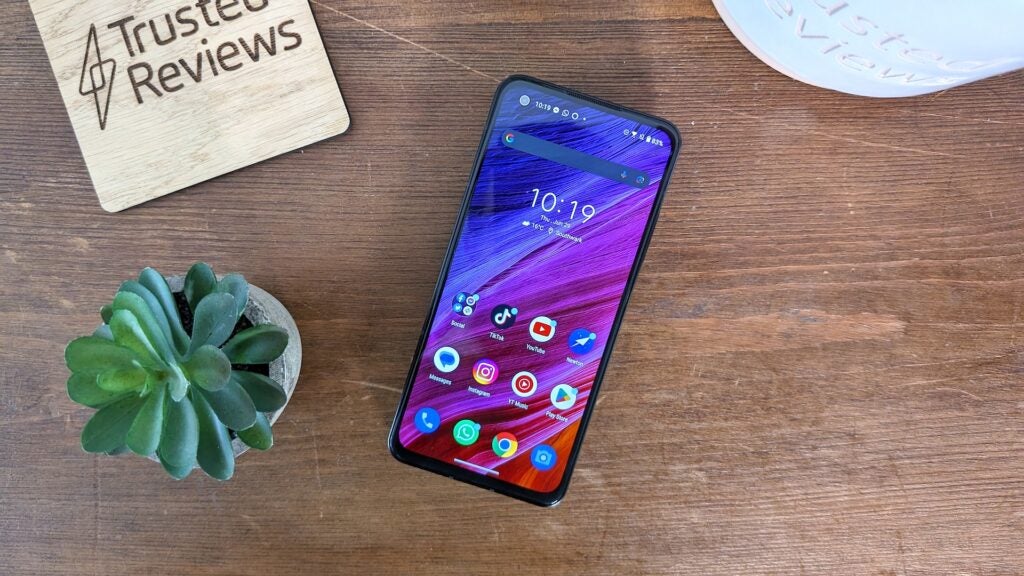
It also helps that the 5.9-inch AMOLED panel is a premium one; though its FHD+ resolution isn’t quite as pixel-packed as the WQHD panel from the Samsung Galaxy S23 Ultra, its small dimensions still deliver a decent 444 PPI.
It’s plenty bright at a maximum of 1100 nits which not only makes it easy to use outdoors but a dream for HDR content from Netflix and Amazon Prime, and the blacks are as inky as you’d expect from an AMOLED panel.
There’s a 144Hz refresh rate on offer to make everything feel smoother and more responsive, but there’s a catch; it’s not an LTPO display like other flagships, meaning it can’t drop down to the battery-saving 1Hz when needed. Instead, the phone automatically switches between 60, 90 and 120Hz in daily life, with the full 144Hz refresh rate exclusively available when playing games.
There’s not much of a notable change compared to LTPO panels in everyday use, but it would’ve been nice to see – not least because of improved battery efficiency compared to standard panels.
Other notable hardware features include full IP68 dust and water resistance, and the new ZenTouch 2.0 fingerprint reader and smart key. The side-mounted button can be swiped to perform a range of actions, from accessing the notification shade to scrolling through sites and, new for the ZenFone 10, the ability to fast forward and rewind videos on YouTube.
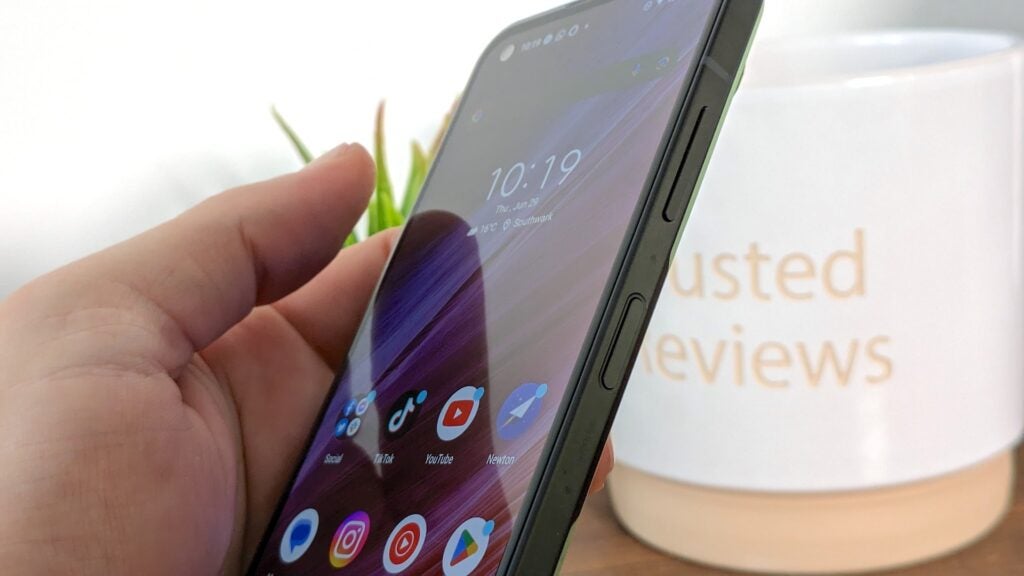
It is a handy feature but right-handers beware; I found it’d activate fairly often if my palm was touching the power button.
Cameras
- Near-identical camera sensors
- New six-axis gimbal stabilisation system
- Great, but not industry-leading, performance
As with the ZenFone 9, Asus has decided to forego a zoom lens on the ZenFone 10. Instead, it boasts the same combination of a main and ultrawide snapper on the rear – and it’s a near-identical setup too.
That’s true of the main 50MP lens, using the same Sony IMX766 sensor as its predecessor, though it features an upgraded six-axis gimbal stabilisation system that moves the entire camera package to stabilise an increased 1.5 degrees in every direction – 3x more than standard OIS.
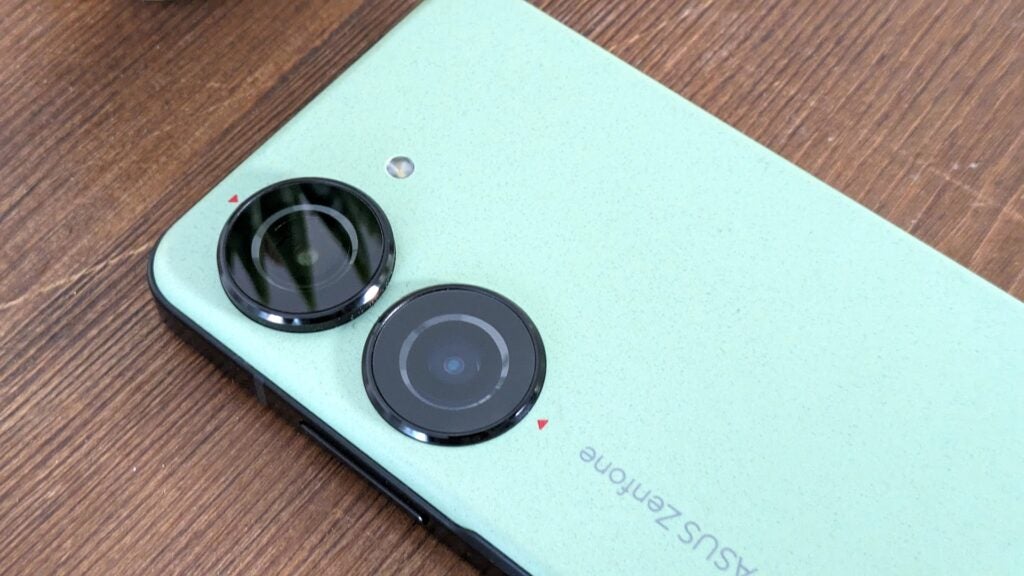
What does that mean for you and me? In theory, it should combat the blur when taking photos with a shaky hand more than the competition. In reality, it doesn’t quite eliminate blur in all scenarios, but I’d argue that the stabilisation is up there with some of the best around, with far fewer blurry shots than some phones I’ve tested recently.
More generally speaking, the 50MP main lens is a capable one. The capture process is impressively swift, and while the resulting images showcase a delightful vibrancy, it’s worth noting that they don’t have the same degree of contrast intensity commonly found in Samsung’s offerings.
It also does a great job in the HDR department, managing to capture plenty of detail in both bright and dark areas, even when dealing with challenging scenes bathed in sunlight.


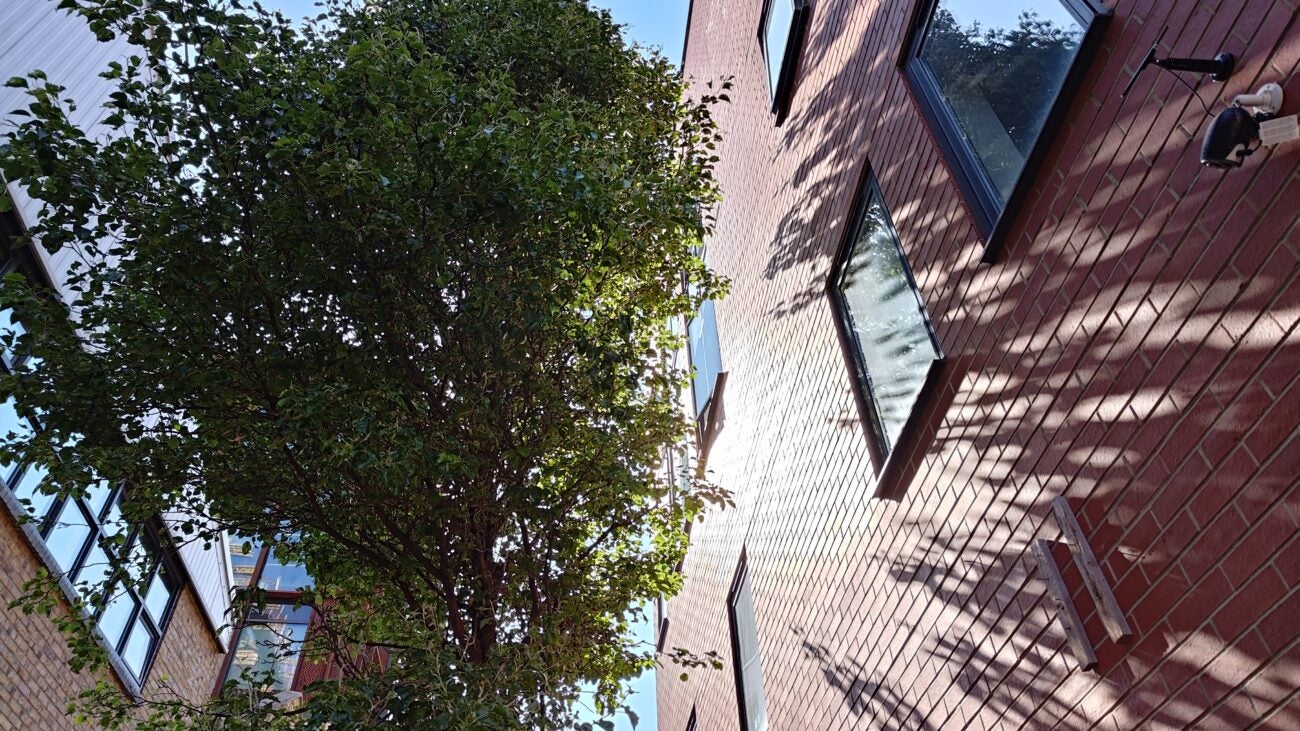
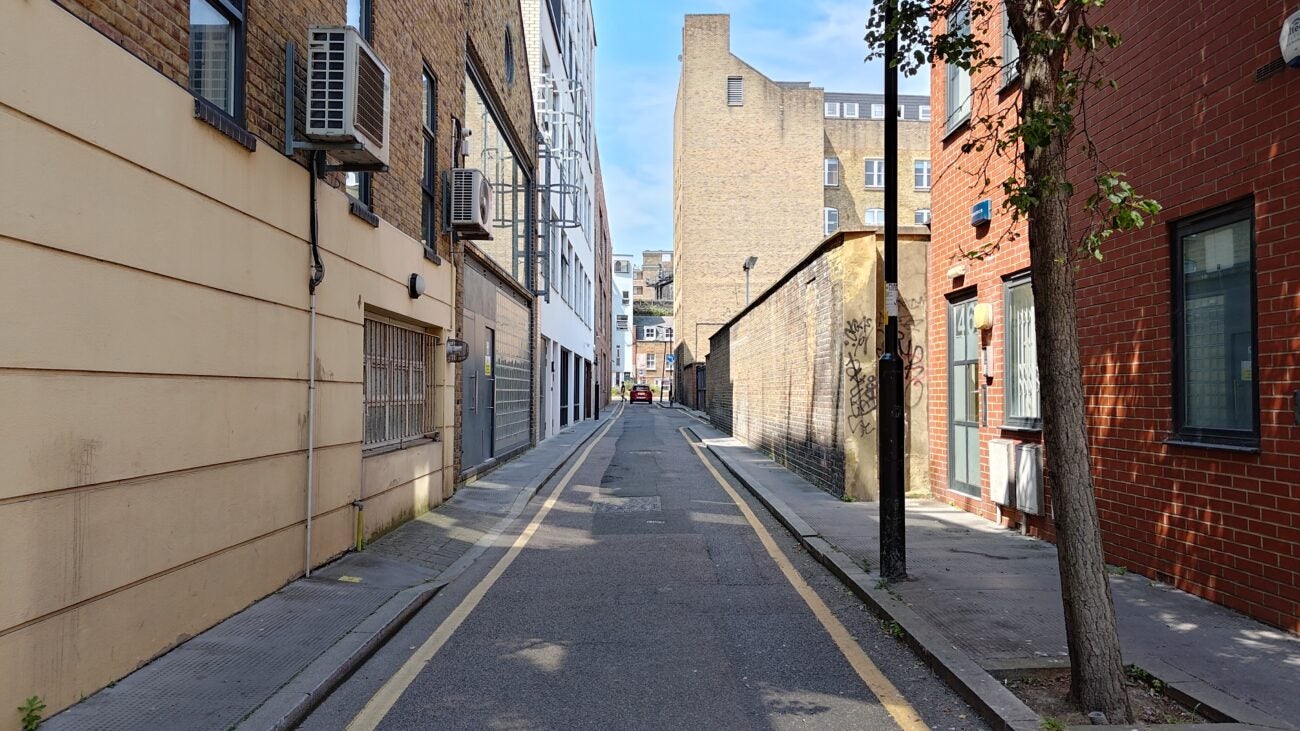

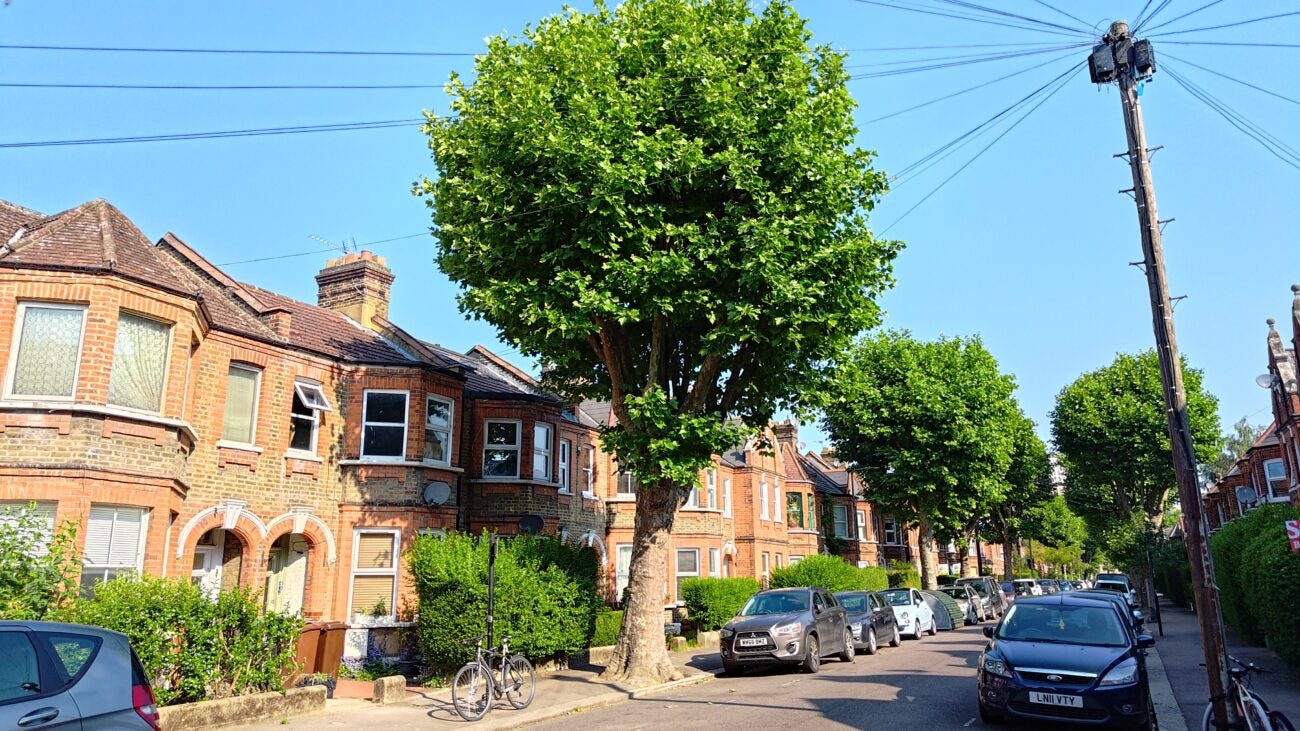

One problem I have noticed is that the phone sometimes struggles with particularly bright and vibrant colours, like the red of the flowers from my garden, with the brightest parts looking notably less defined than other parts of the flower. It’s not something I noticed often, but worth noting nonetheless.

With an f/1.9 aperture and a 1/1.56in sensor smaller than the 1-inch sensors of competing flagships like the Xiaomi 13 Pro, night time photography isn’t exactly industry-leading, though it does a decent job if in an environment where there are sources of light like street lights. The colour temperature of the overall image can sometimes be a little too warm, and some shots look a little soft in places, however.


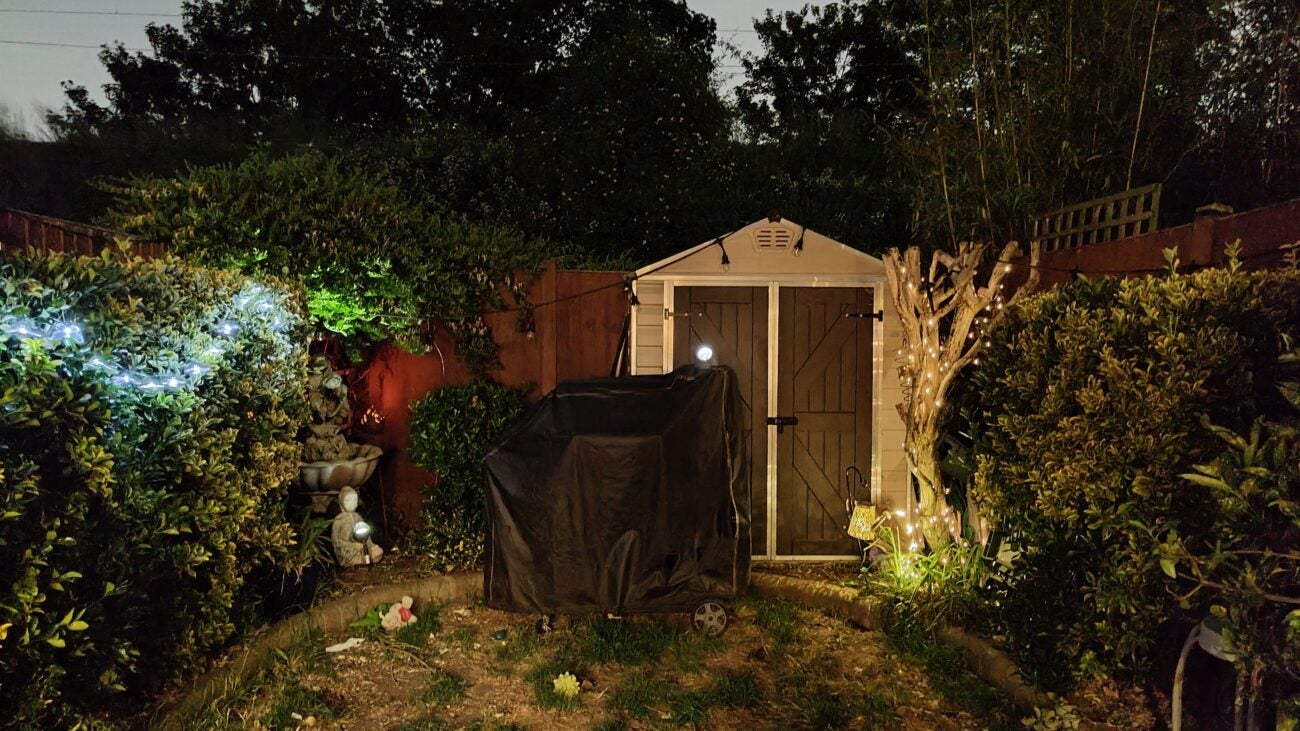
The ultrawide might only boast a slight MP boost from 12MP to 13MP, but the images are well-tuned to match the main snapper in terms of temperature and colour reproduction that, when combined with anti-distortion tech, makes it hard to discern which lens took which photo when scrolling through your Gallery. At least I did when it came to finding samples for the review!
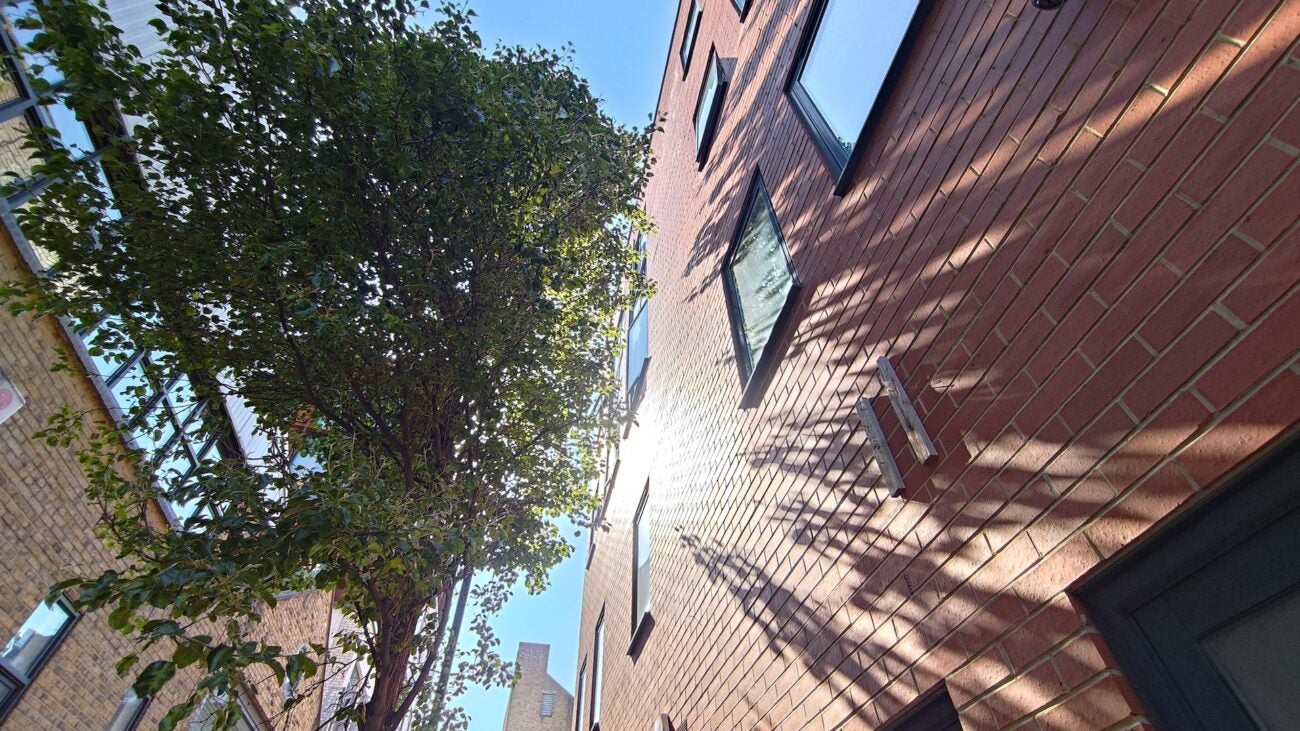
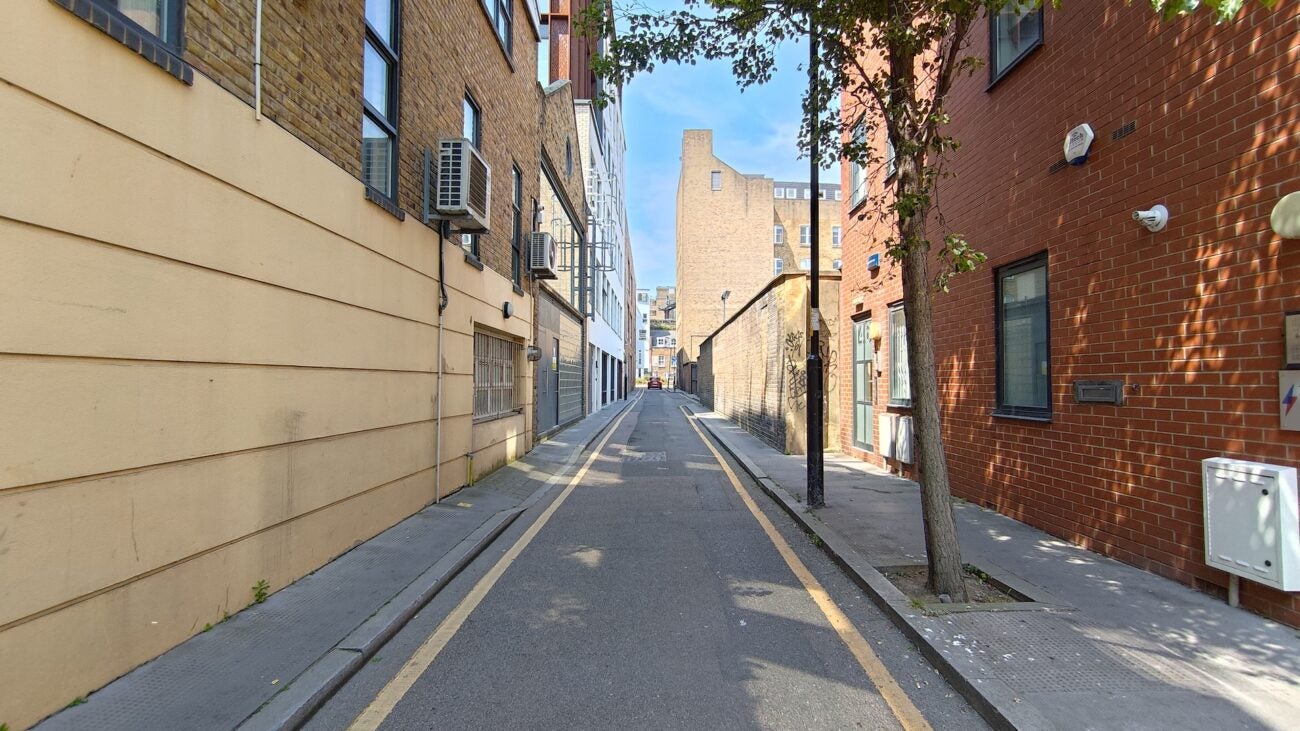

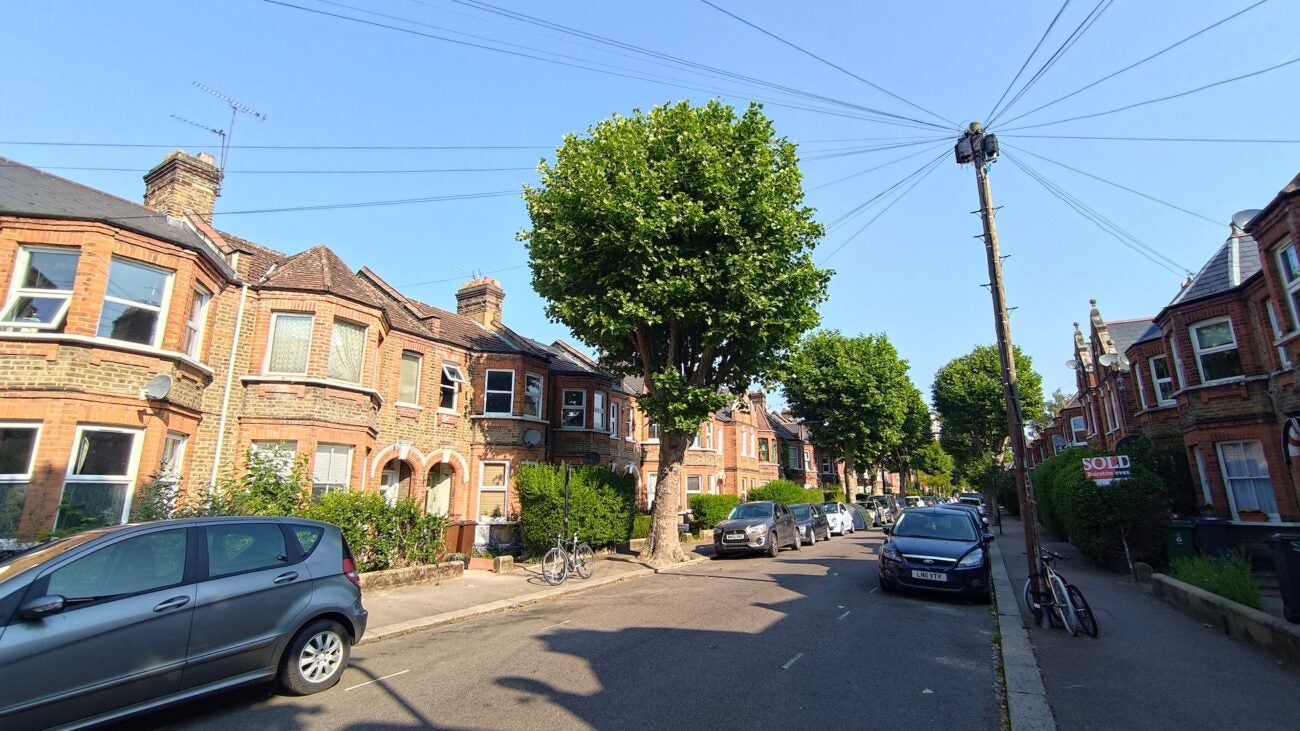


There are telltale signs, particularly when zooming in, but it’s more than enough for capturing detailed group shots for sharing on social media – just don’t attempt using it in low light as the results aren’t quite as impressive as those from the main sensor.
There is an option for 2x zoom in the Camera app to bring you a little closer to your subject, but this is done by cropping the main sensor – and the further you zoom, the worse it looks overall. It’s times like these that I really wish the ZenFone 10 had a dedicated telephoto sensor, delivering high-quality close-ups, especially when it’s a feature of many other flagships at a similar price.
Selfies from the 32MP selfie camera are quite impressive, with great detail, plenty of light and a level of vibrancy that simply isn’t present in some high-end options like the Xiaomi 13 Pro. That’s largely down to the use of an RGBW sensor in place of the RGGB sensor used by many other selfie cameras, with more white pixels providing not only better light intake but an overall reduction in noise – something particularly notable when shooting selfies in low light.
Portrait mode is also a standout feature of the selfie camera, with impressive edge recognition and a not-too-OTT faux bokeh effect.


As you might expect from a six-axis gimbal stabilisation system, video is also super smooth, even when shooting 4K@60fps video. Audio capture is also decent here, thanks to Asus’ partnership with OZO which helps reduce noise and provides stereoscopic audio for better immersion when capturing videos.
Performance and software
- Snapdragon 8 Gen 2 performance
- Support for various high-res audio codecs
- Heavily customisable approach to Android 13
The Asus ZenFone 10 is just about as powerful as they come, sporting Qualcomm’s top-end Snapdragon 8 Gen 2 chipset along with either 8GB or a whopping 16GB of RAM and either 128-, 256- or 512GB of UFS 4.0 storage to play with.
As you might expect from the company that also develops the performance-focused ROG Phone 7 Ultimate, performance is solid here. Not once did I feel that the ZenFone 10 couldn’t handle what I was throwing at it, with an ultra-responsive feel no doubt enhanced by that smooth refresh rate, complete with rapid animations and instant app loads.
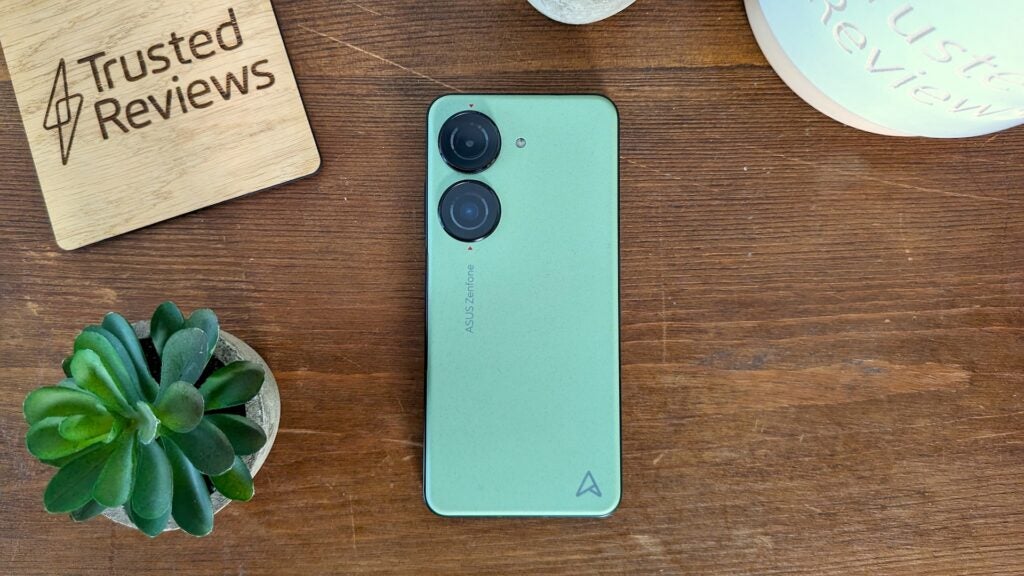
In fact, it’s a pretty solid little gaming phone with sustained performance even when playing more challenging games like Call of Duty Mobile at high frame rates, making it a good option for gamers that want something more compact than the big, bulky alternatives – as long as you feel comfortable gaming on a small 5.9-inch display, that is.
That’s backed up by benchmark test results too, with the ZenFone 10 comfortably able to compete with flagships that cost hundreds more:
Audio performance is also up there with some of the best around, not least because of the inclusion of a 3.5mm headphone jack – one of vanishingly few flagship devices to sport the port in 2023. That’s further bolstered by Dirac tuning, as well as Hi-Res Audio support – both wired and wireless – and aptX Lossless for high-res support over Bluetooth.
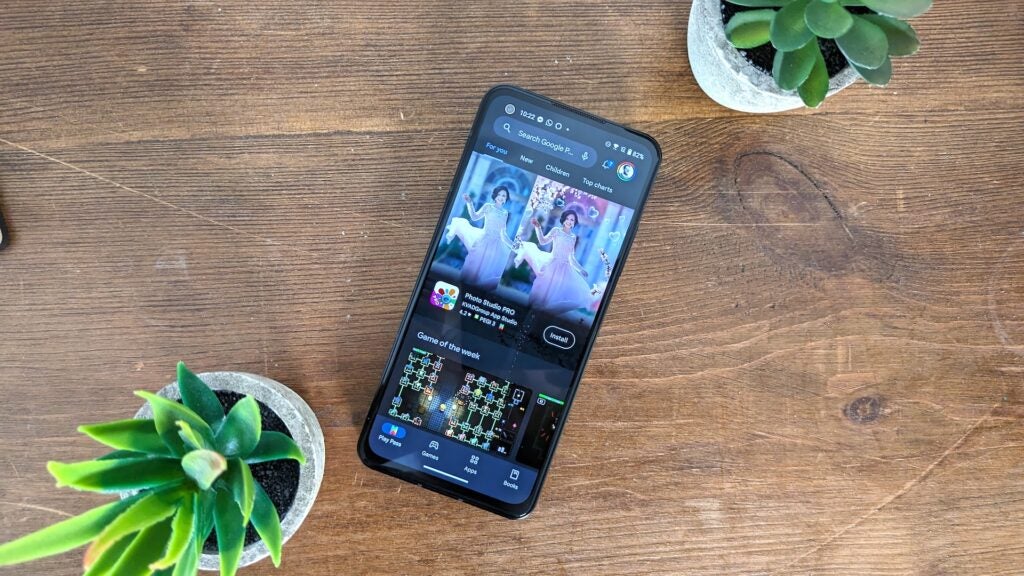
Even without a pair of cans connected, the stereo speaker setup is impressively loud for such a small phone, though with the usual caveats about smartphone speakers and a lack of bass. The other downside is that it can make the thin rear panel vibrate in your hands at high volumes, making the phone feel a bit cheap compared to glass-backed alternatives.
When it comes to the general software experience, expect Android 13 with Asus’ ZenUI skin applied.
I love what Asus has done with its approach to Android 13. It’s still fairly stock, and where Asus has introduced changes (like with its approach to powering off the phone), it also provides the option to switch back to the stock Android option. It’s this approach to customisation that really stands out among most third-party Android skins, down to minor elements like changing the shape of the quick settings icons.
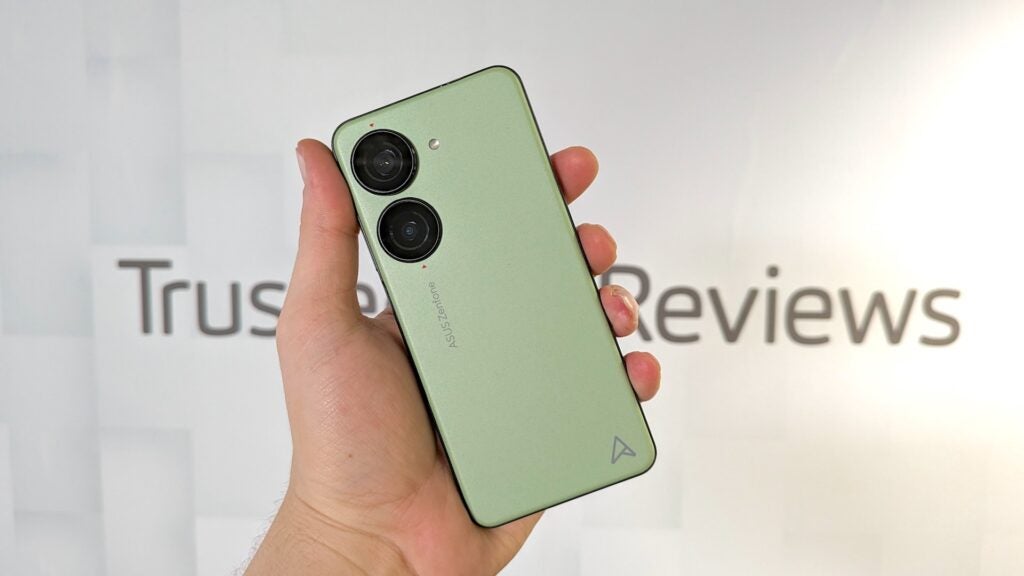
New to Asus’ Android 13 skin is the ability to customise the phone’s always-on display with GIFs and other custom images, as well as improvements to Game Genie to boost game performance and the ability to take long screenshots. The latter feels surprisingly overdue.
Overall, it’s a great, clean, customisable approach to Android 13 that most users will appreciate, whether coming from stock Android or another approach to the OS entirely.
The software promise isn’t quite up there with Samsung and Google, however, with a promise of two OS upgrades and four years of security patches.
Battery life
- Easily an all-day device
- Enough to last two days with minimal usage
- Fairly slow 30W charging
The combination of a highly efficient chipset, a small display and a fairly decent 4,300mAh battery means you won’t really have to worry about battery life with the ZenFone 10 – in my experience, at least.
I wouldn’t describe myself as a power user but I do use my phone for emails, browsing, messaging on WhatsApp, listening to music and taking snaps when I’m out and about, and not once in my two weeks of using the phone did I get worried that it’d go flat before I made it home. Even on rather busy days, I’d finish with around 30-40% battery left in the tank.
On days when I used the phone less, battery life got even better – in fact, I managed to go from Friday afternoon to Sunday night on a single charge.
That’s backed up by my benchmark results too, with the ZenFone 10 draining 5% during an hour of HDR Netflix playback and just 4% over 30 minutes of gaming.
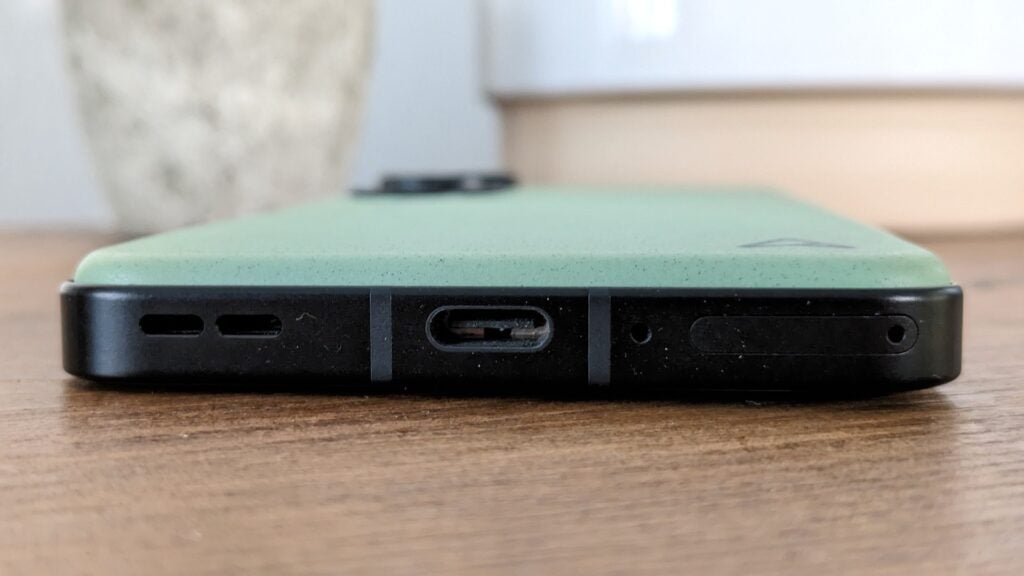
The only downside is the charge speeds; it’s capped at a rather slow 30W when compared to other flagships like the OnePlus 11 and its 100W charging speed. I’ve found that a full charge is possible in around 1 hour and 20 minutes when using the supplied 30W HyperCharge adapter, which is fine, but can be a little slow for those last-minute top-ups.
The only saving grace is that the ZenFone 10 is compatible with any USB-C PD 30W charger, meaning you don’t need an Asus-branded charger to enjoy the full charge speeds.
There’s also 15W wireless charging available for the first time on a ZenFone that, while slower than wired charging, is much more convenient.
Latest deals
Should you buy it?
You love small, compact phones:
It might not be as compact as some might expect, but the ZenFone 10 is still among the smallest flagship Android smartphones available in 2023.
You want a telephoto lens:
While the six-axis gimbal stabilisation of the main 50MP shooter is a nice touch, and the 13MP ultrawide does a great job in most conditions, it lacks a telephoto lens – something you’ll find on much of the similarly priced competition.
Final Thoughts
I might not personally be a fan of its design, but the Asus ZenFone 10 is a solid smartphone for the money – especially for those sick of giant 6.8-inch displays on smartphones. It’s not nearly as compact as Asus might have you believe, measuring in not much smaller than an iPhone 14 Pro, but the 5.9-inch AMOLED display is at least easy enough to use one-handed.
There’s also some cool camera tech on offer, including a new six-axis gimbal stabilisation system that helps reduce blur in both photos and videos, and it makes taking long-exposure shots much easier, negating the need for a tripod. It’s just a shame that the core camera tech is near-identical to its predecessor, meaning there’s no real upgrade to camera quality compared to the ZenFone9.
Despite its relatively small dimensions, the ZenFone 10 is a powerhouse with the top-end Snapdragon 8 Gen 2 and up to 16GB of RAM and 512GB of UFS 4.0 storage on offer. It unsurprisingly delivered solid everyday performance as well as fairly beefy game performance, and it’ll comfortably last the vast majority of users all day without a top-up.
So, while it might not be a truly compact smartphone like the iPhone 13 Mini, it’s one of the smallest and most capable you’ll find on the Android side of things in 2023, particularly at the top end of the market.
How we test
We test every mobile phone we review thoroughly. We use industry-standard tests to compare features properly and we use the phone as our main device over the review period. We’ll always tell you what we find and we never, ever, accept money to review a product.
Find out more about how we test in our ethics policy.
Used as a main phone for over a week
Thorough camera testing in well-lit and low-light conditions
Tested and benchmarked using respected industry tests
FAQs
Yes, the ZenFone 10 is rated IP68 for dust and water resistance.
Yes, you’ll get a 30W HyperCharge charging brick and USB-C cable in the box.
Trusted Reviews test data
Full specs
The post Asus ZenFone 10 review: Small screen, big power appeared first on Trusted Reviews.
Source Trusted Reviews ,Home Appliances Reviews


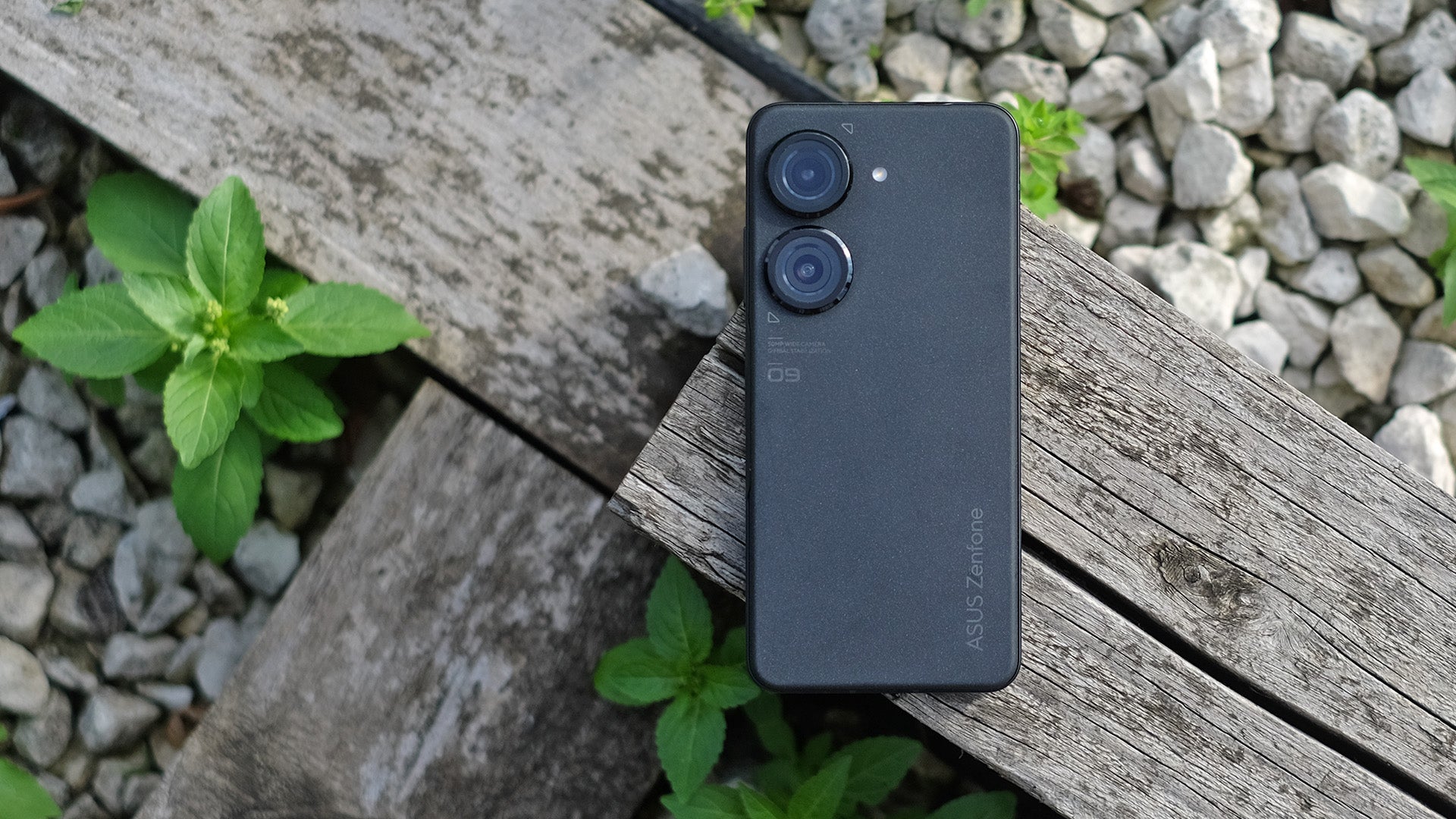
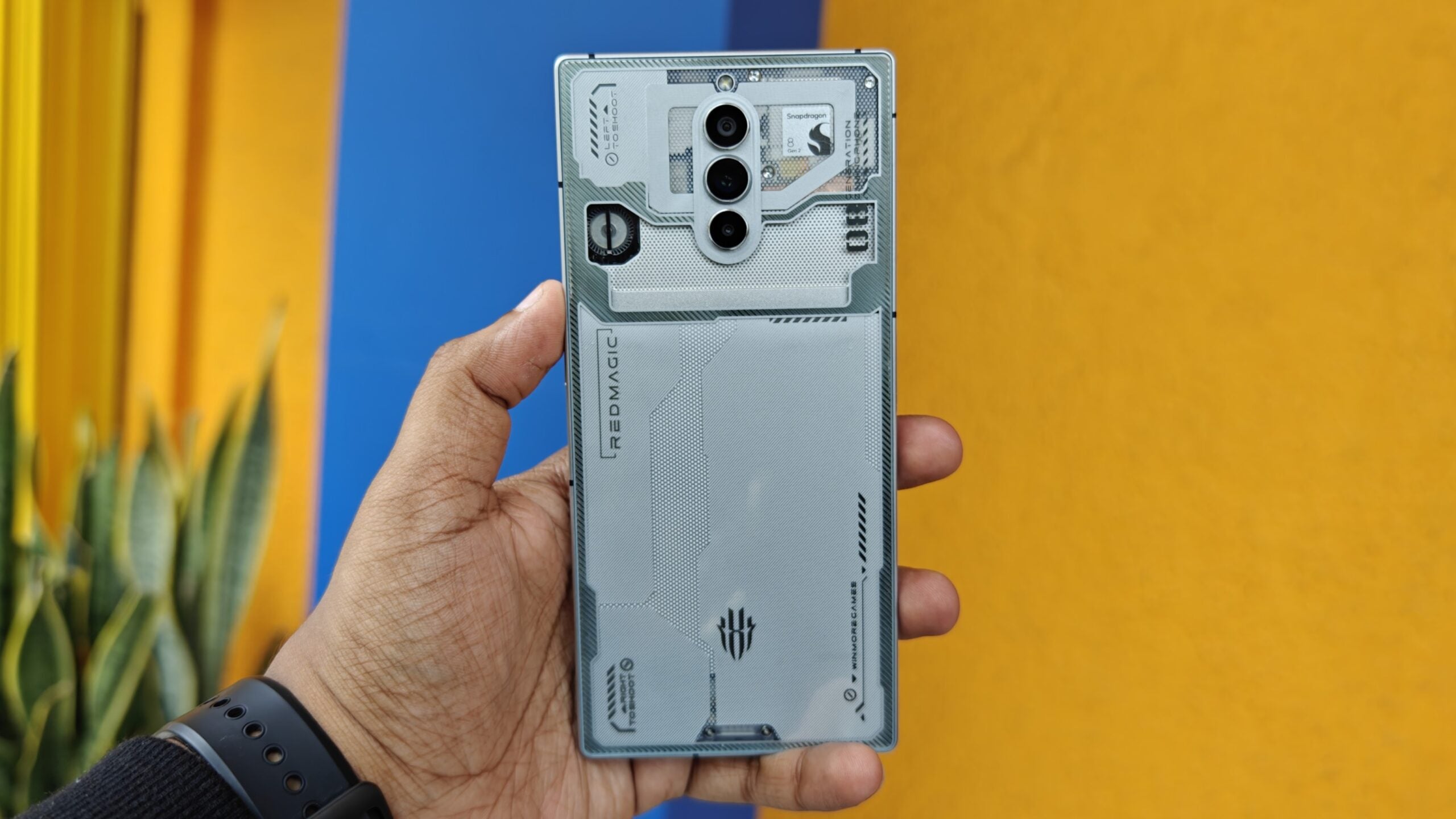
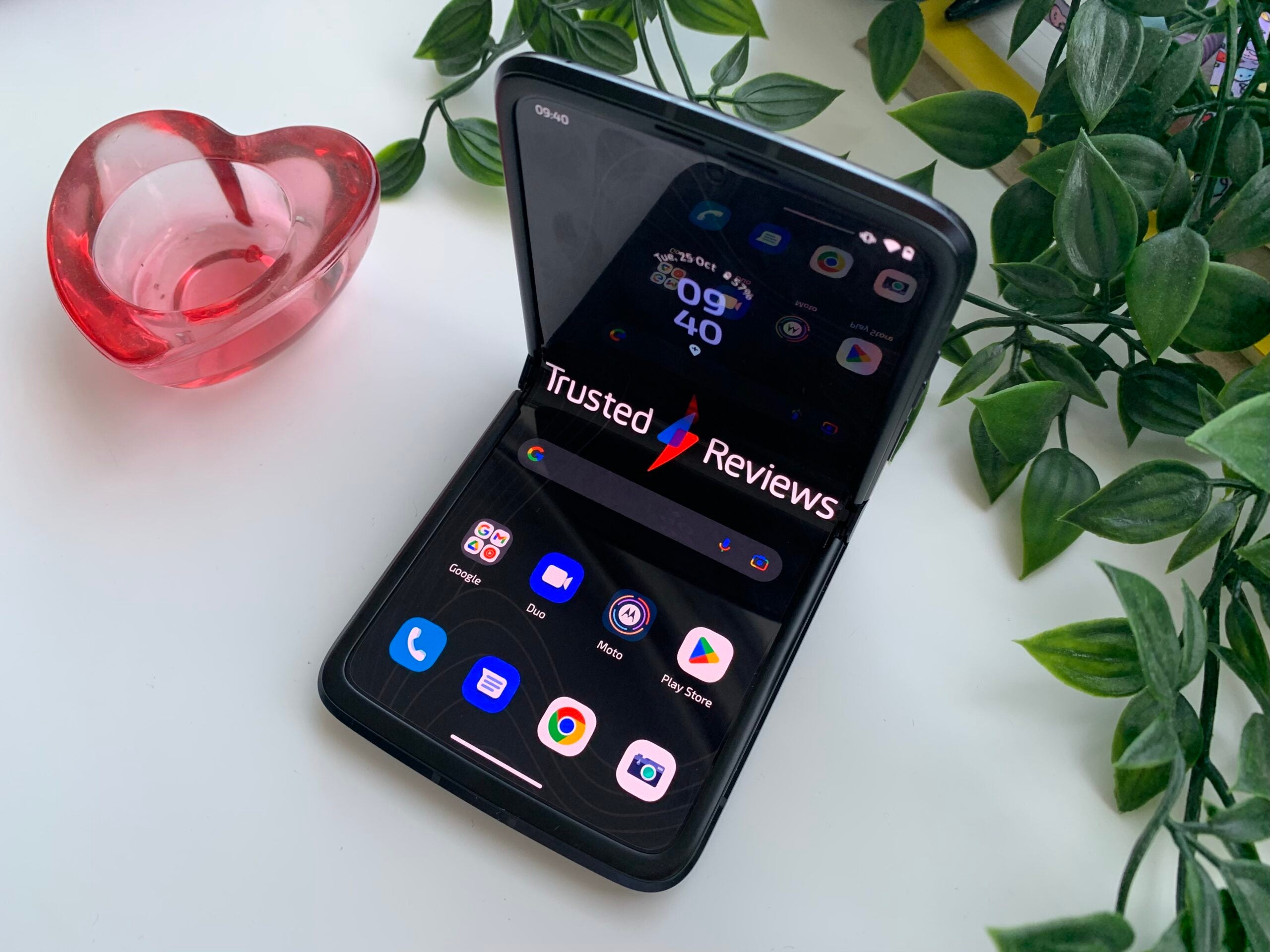
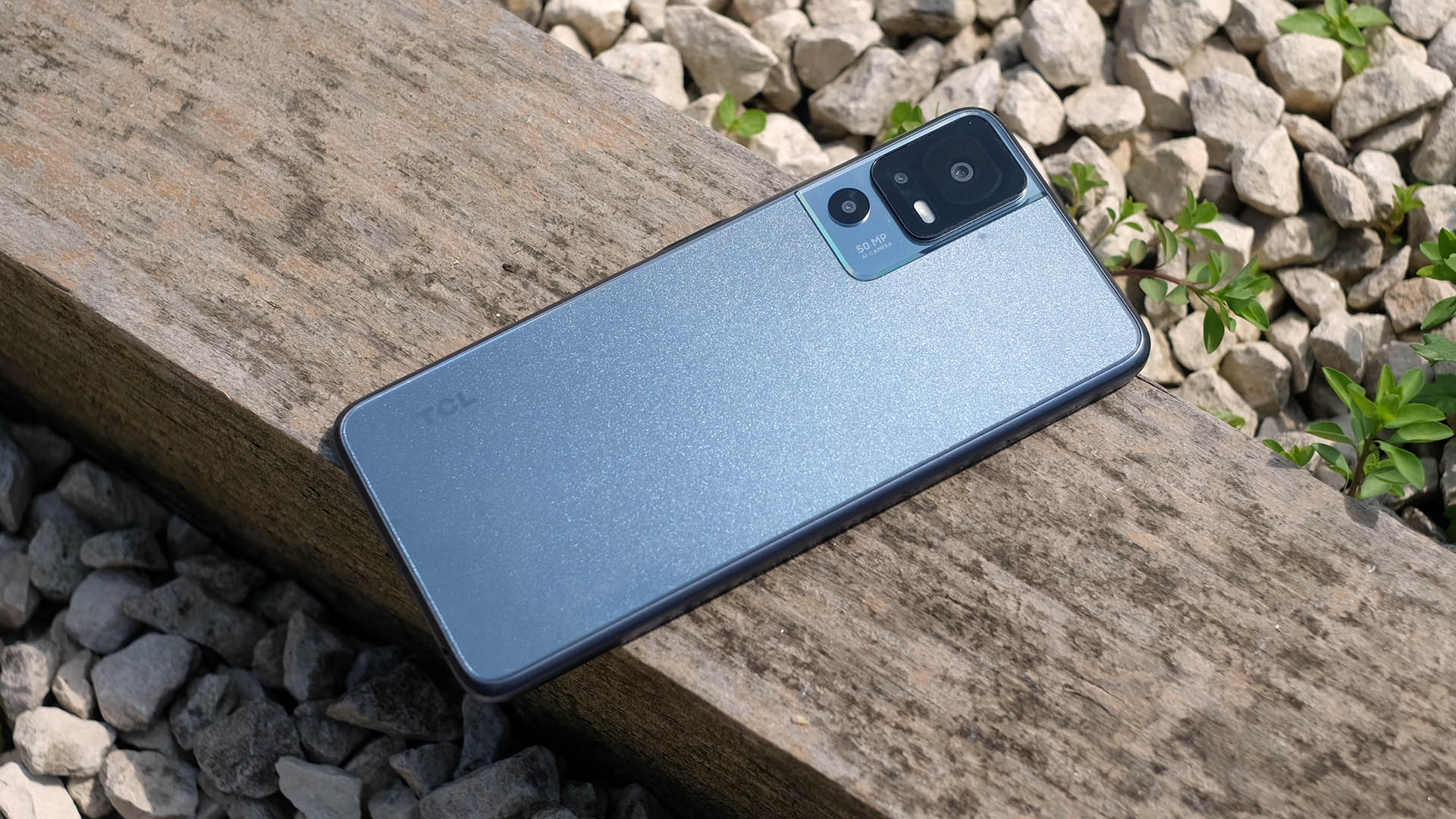
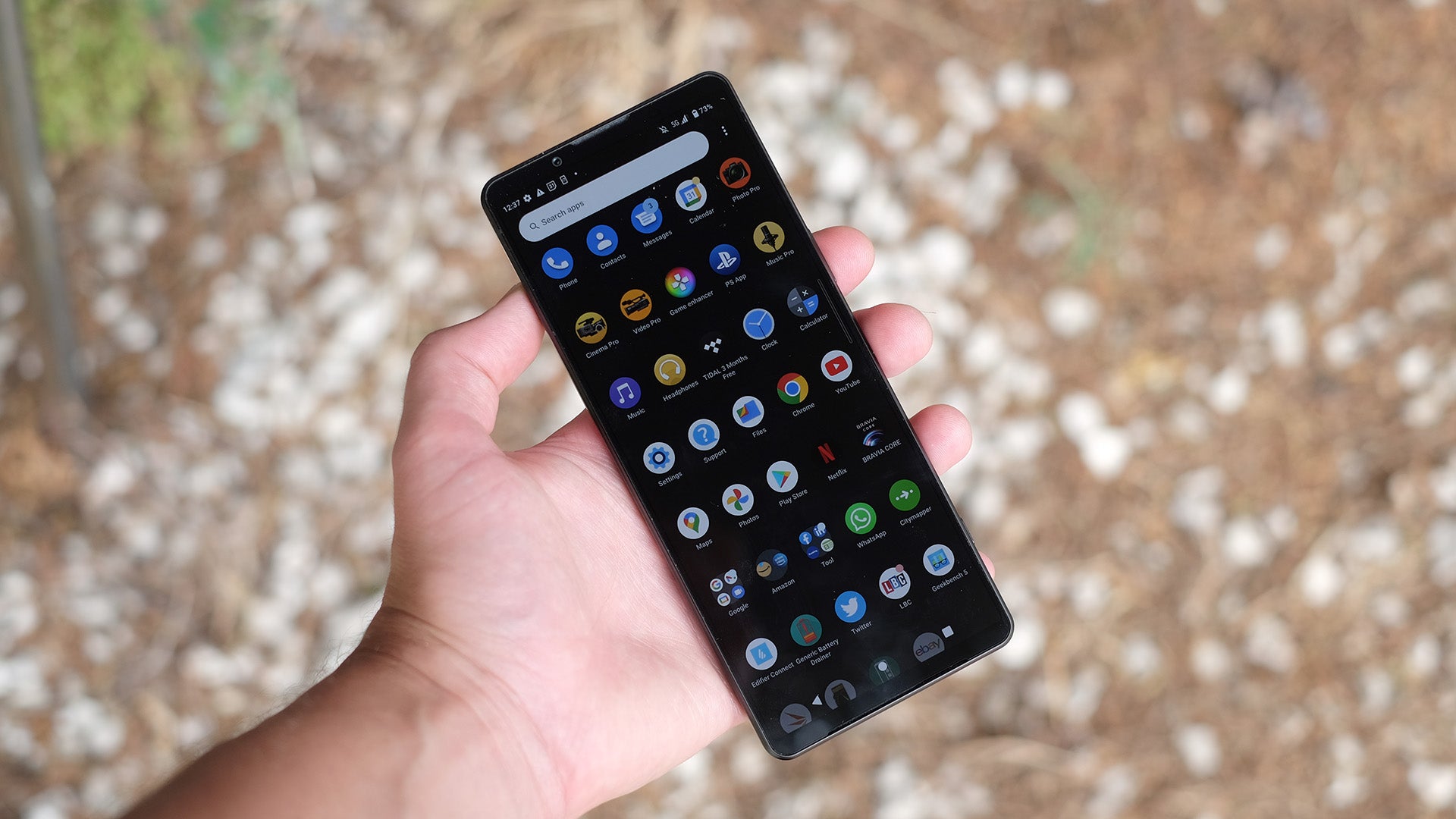
No comments